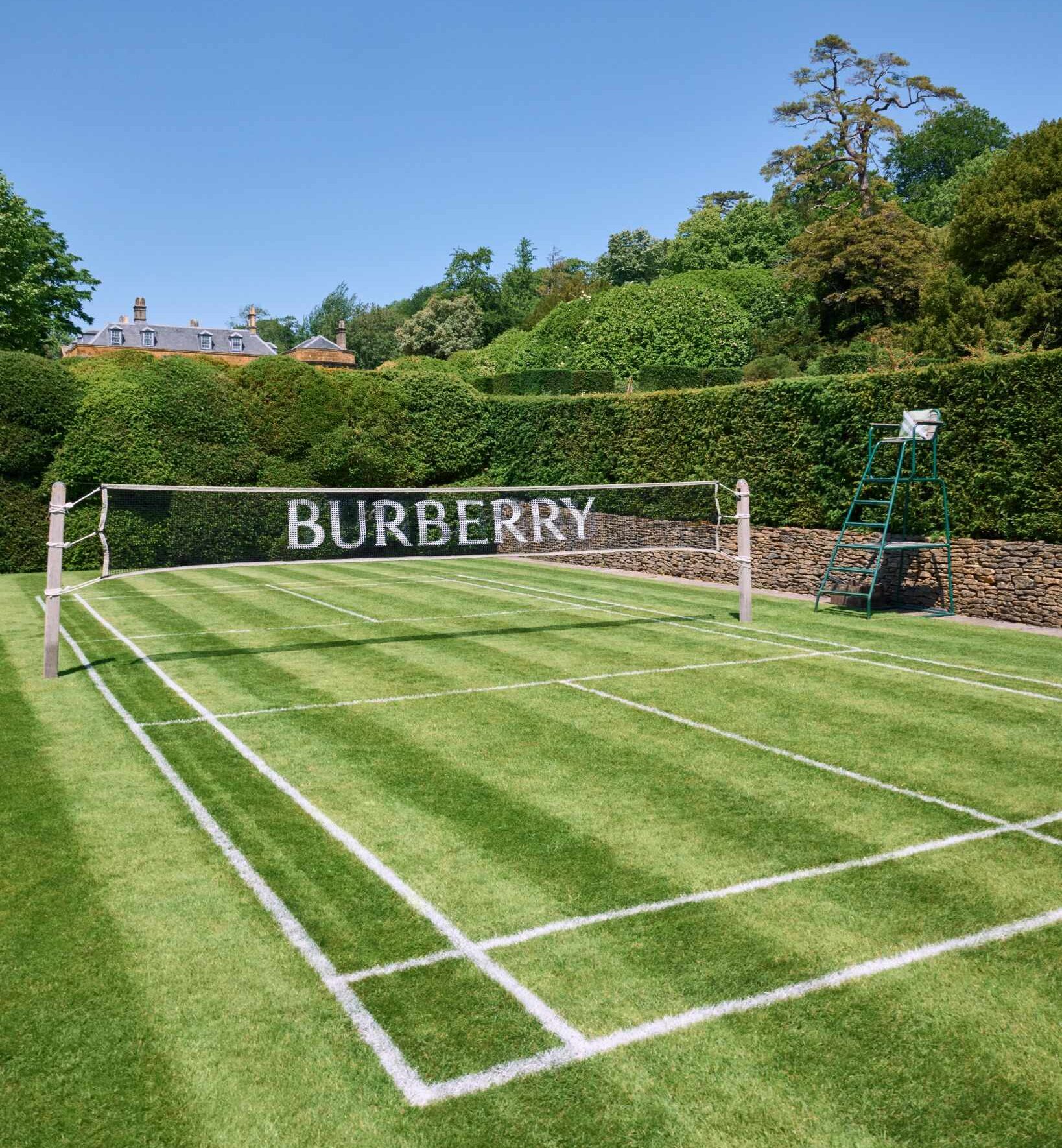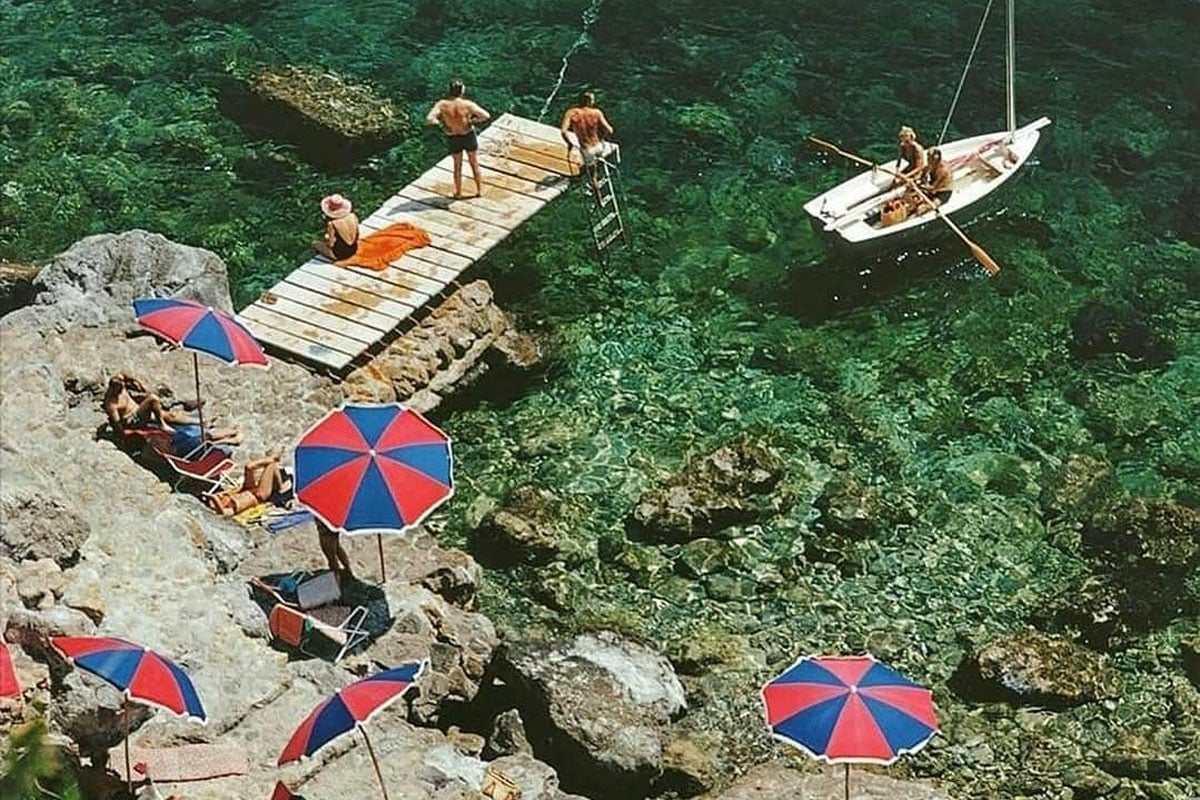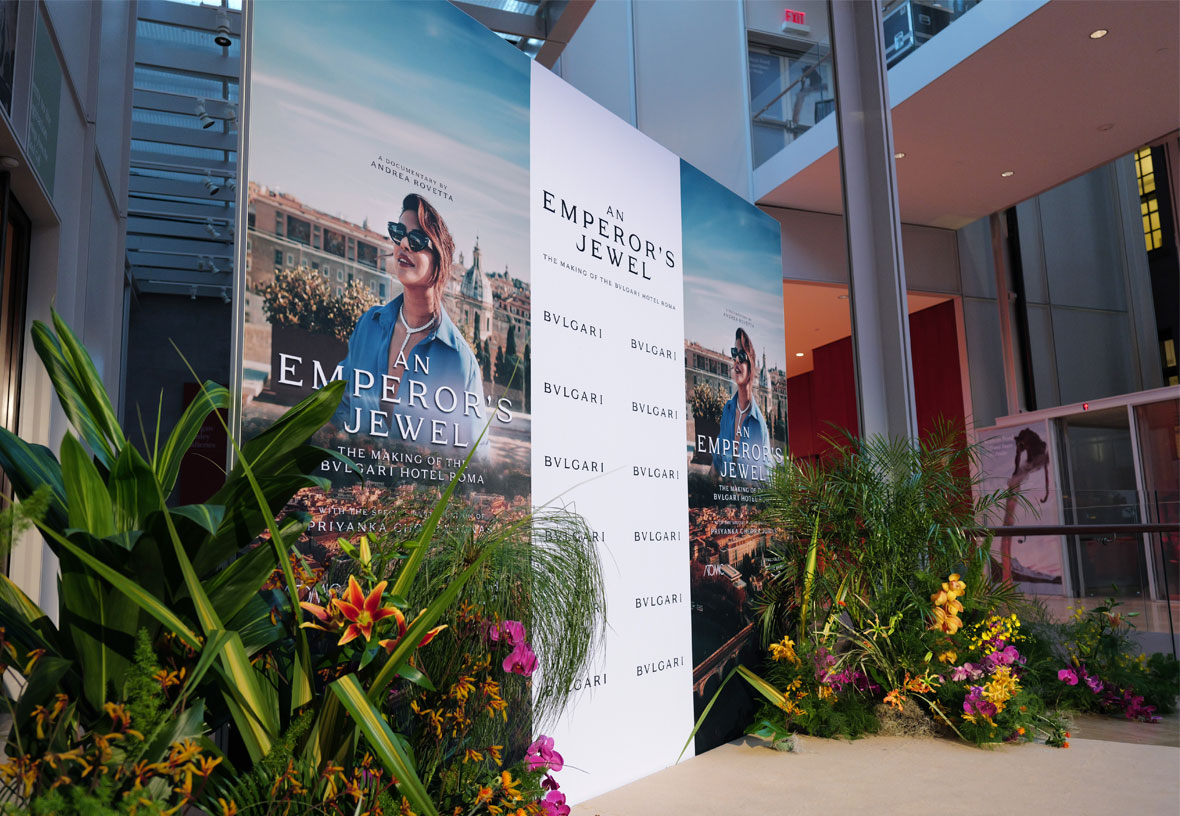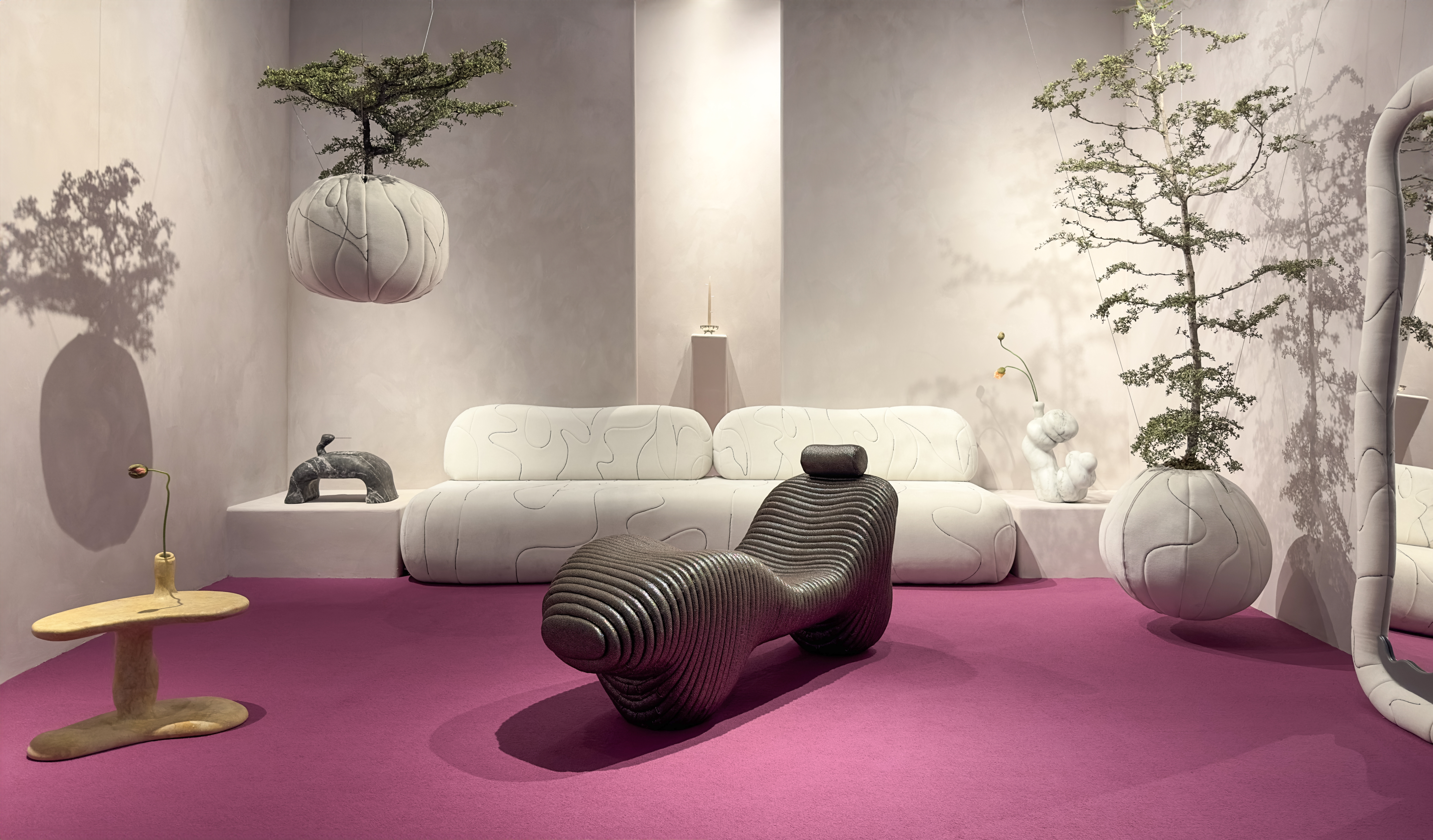We care about your privacy. We attempt to limit our use of cookies to those that help improve our site. By continuing to use this site, you agree to the use of cookies. To learn more about cookies see our Privacy Policy.
‘Heinrich’s Dreamscape’ Explores and Induces Synesthesia
Layering sensory triggers to create a unique feeling
One of the most curious and misunderstood phenomena in neurology is synesthesia. The condition allows multiple senses to be processed together; most commonly people associate it with musicians who say they see vivid colors or imagery when they hear sounds. “We are learning that the former “rare condition” is in fact not rare and as scientific research widens we now know that most people have a little synesthesia,” say artists Moral Turgeman, Kelsey Falter, and Tansy Kaschak, speaking as a group about the motivation behind their new exhibit Heinrich’s Dreamscape. Here synesthesia isn’t viewed as a condition so much as an opportunity to perceive your surroundings in a different way, and examine how that relates to your own body. “We believe that synesthesia is a sensation that any human can achieve.”
Conceived by Turgeman, Heinrich’s Dreamscape (colloquially referred to as ‘HIGH ON HERTZ’) is a multi-sensory installation designed to produce a version of synesthesia particular to each individual viewer. “The idea was to create an environment that induced self-exploration through the senses. To examine how our senses interact within our own bodies as well as those that surround us.” The inspiration came from Heinrich Hertz, the first person to prove the existence of electromagnetic waves. That translates to the exhibit as an exploration of these hidden forces that influence our feelings, something we rarely give consideration to in our fast-paced lives.
Located at 323 Canal Street, the first thing that you notice even before you enter Heinrich’s Dreamscape is the scent scape designed by Kaschak, which trickle out into the street every time the door opens—the beginning of the sensory journey. Inside there are 16 pieces that work in tandem to connect with the senses. The first thing visitors will notice is Falter’s Biophotonic Frequency Activation, created with artist Dominik Tarabanski, which features clusters of food that change over the course of the exhibit. The center of the room features a large ‘sound capsule’ designed by Turgeman lined with plush fabrics and mirrors; guests sit inside of it, as ASMR-like sounds play in the background. Across the sculpture is a large screen displaying selected imagery by contributing artists. The combination of stimuli can feel calming or jarring depending on the individual, who can experience the whole exhibit without even considering the concept of synesthesia. “It is irrelevant if people know what synesthesia is. The goal is not to teach them about it per se, but rather to create an environment that makes this sensation easier to access and explore.”
‘Heinrich’s Dreamscape’ is on view at 323 Canal through May 27th
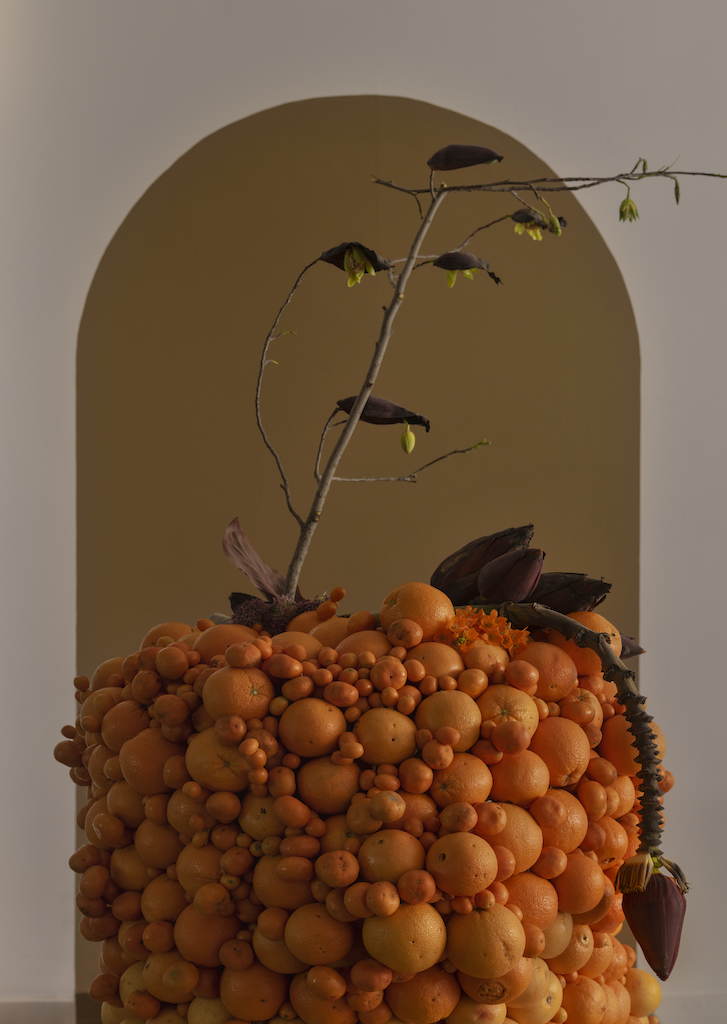
[Biophotonic Frequency Activation by Kelsey Falter and Dominik Tarabanski]
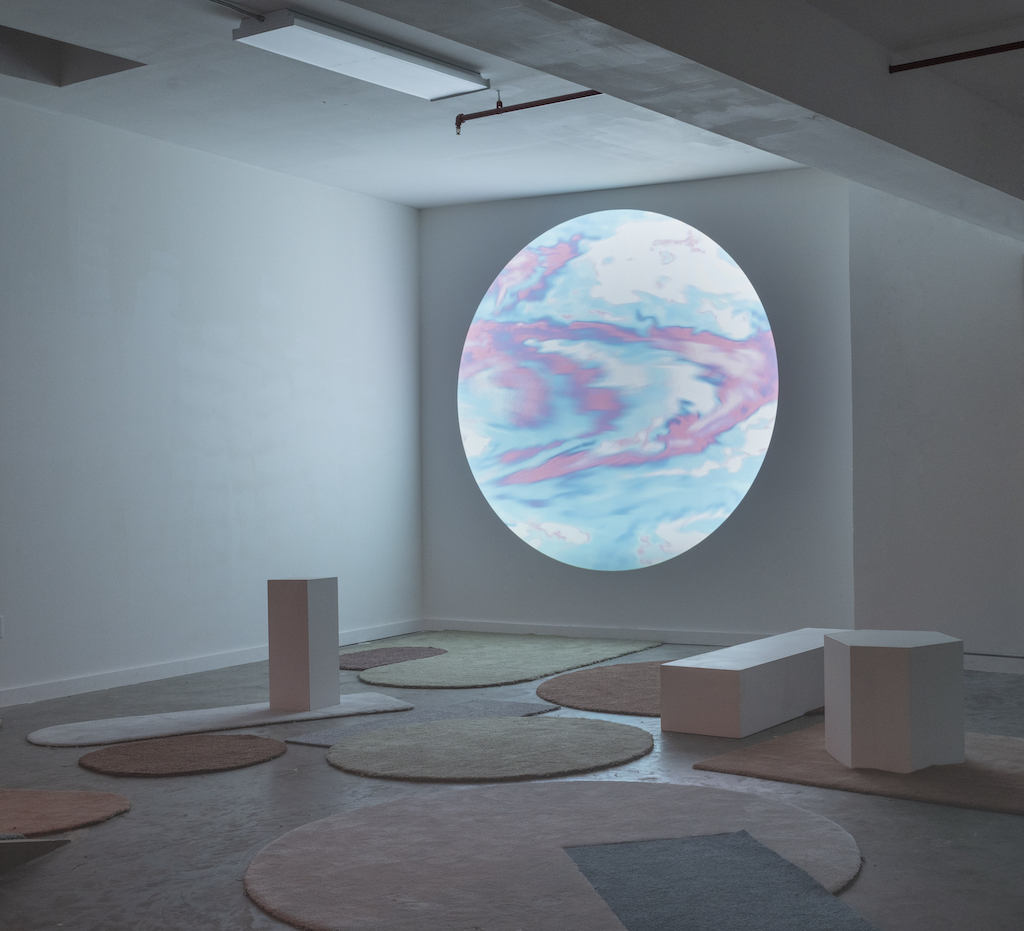
[Heinrich’s Dreamscape]
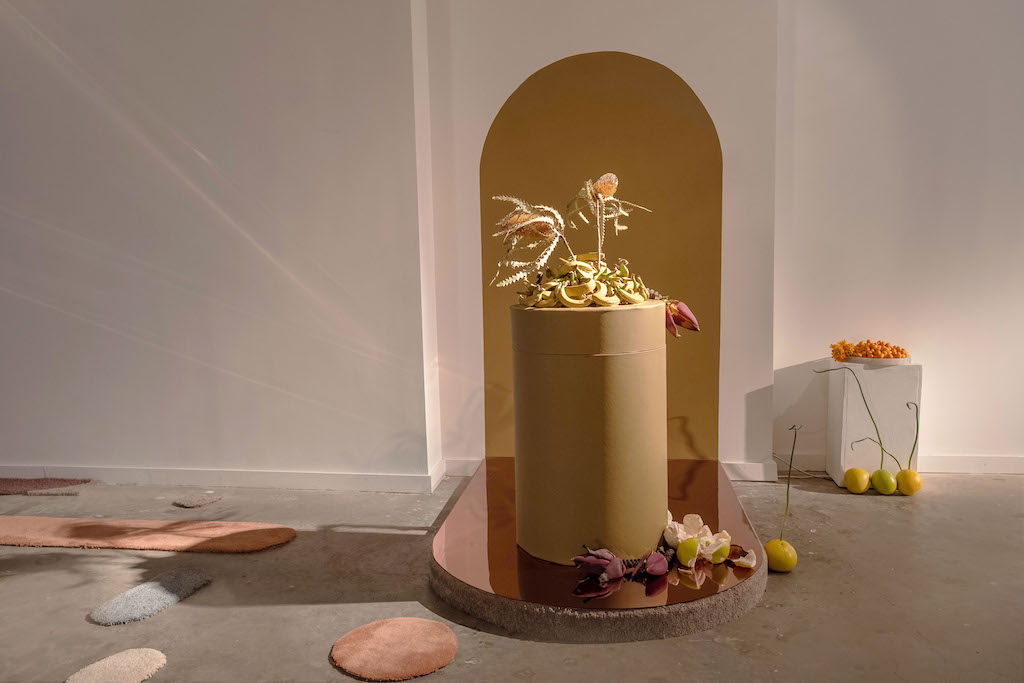
[Biophotonic Frequency Activation by Kelsey Falter and Dominik Tarabanski]
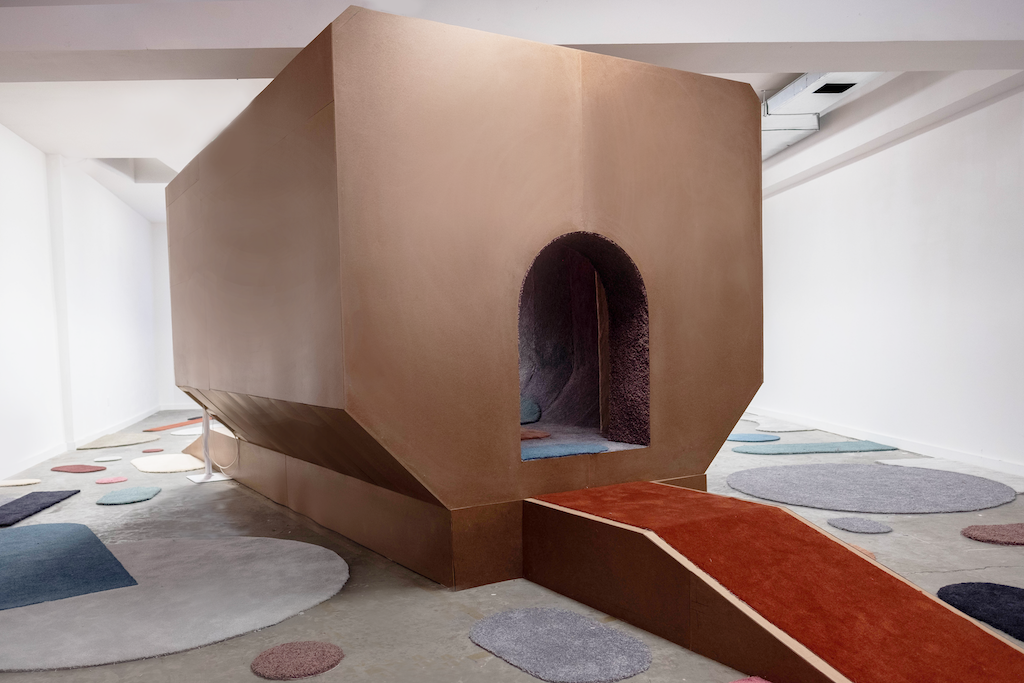
[Sound capsule by Moral Turgeman]
Share this Story
More Culture
Burberry Checks Into The Newt
The fashion-hospitality affair continues in the English countryside
tell me more ›Il Pellicano’s Enduring Allure
60 years of cliffside luxury, timeless style, and a spirit you can’t quite put into words
tell me more ›Bulgari Hotels Screens “An Emperor’s Jewel – The Making of The Bvlgari Hotel Roma” in NYC
Hoteliers, artists, designers, and media came together for a special screening of "An Emperor’s Jewel – The Making of The Bvlgari Hotel Roma” at the exquisite Morgan Library in New York City
tell me more ›“Becoming Familiar” Is The Experience To See and Touch at Design Miami 2023
LA Based Raise the Moral Studio Sensory Art Objects Win Best Curio Presentation at Design Miami 2023
tell me more ›
